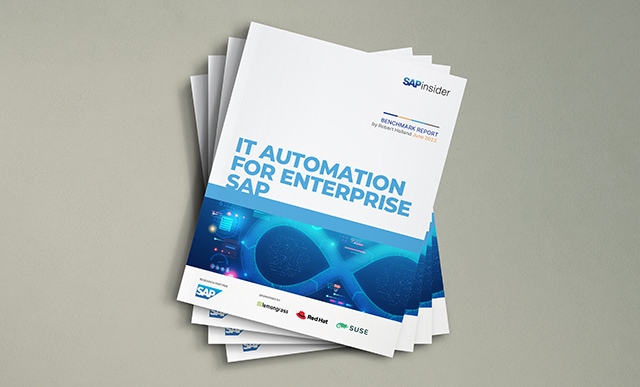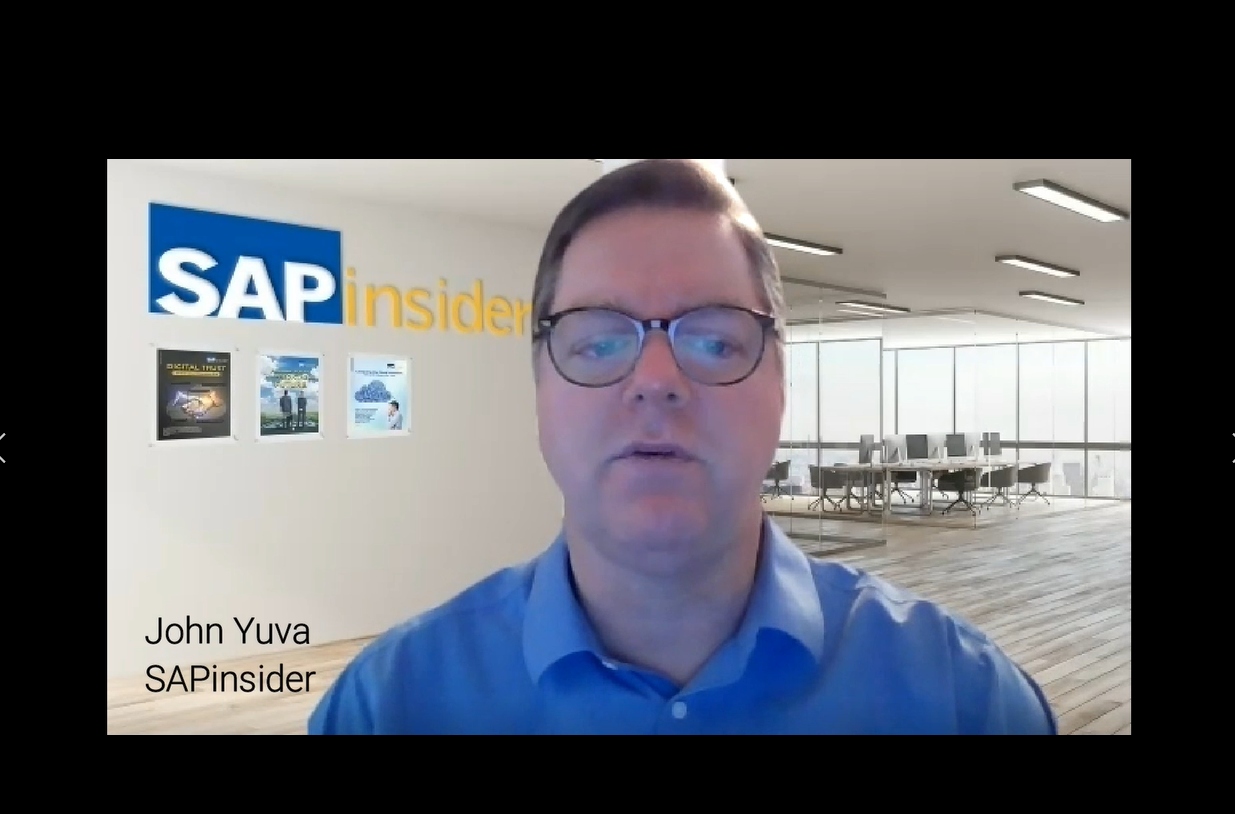How Innovation Drives Utilization of Java in Business Infrastructures for SAP Users
Meet the Authors
Key Takeaways
⇨ SAP cloud migration is a complicated process that requires thorough attention in the implementation of a variety of its functions, including the programming language.
⇨ The use of Java in SAP systems makes it easy to build highly connected, resilient, multi-tenant SaaS applications on SAP BTP.
⇨ The deployment of new, faster, and more secure platforms similar to the ones offered by Red Hat that utilize Java in seamless running across SAP environments can be key in organizations’ goals towards modernization.
With the growing demand for optimization of critical applications running in businesses, SAP users are always on the outlook for solutions that could assist in their cloud migration and management journeys. Although SAP cloud is being deployed by more and more companies each day, it is still a complicated process that requires thorough attention in the implementation of a variety of its functions. One of the most important aspects to consider is the actual mechanics behind it: code.
In the recent years SAP developed the Cloud SDK for Java, a set of libraries that enables developers to build applications on Business Technology Platform (BTP) that communicate with systems in the SAP ecosystem, like SAP S/4HANA, SAP SuccessFactors and others. With the SAP Cloud SDK for Java businesses can now connect to a Cloud system via OData with only a few lines of code, while also utilizing easy tools for connectivity via The Destination API which makes it easy to connect to cloud and on-premise systems with various authentication methods.
Overall, the use of Java in SAP systems makes it easy to build highly connected, resilient, multi-tenant SaaS applications on SAP BTP. So, what can users look out for to utilize Java and improve their cloud migration and management experiences?
Recently, Red Hat announced that it extends Java Support in the Cloud with JBoss Enterprise Application Platform 8. JBoss EAP 8 delivers security enhancements, improved cloud workflow tools, and compatibility with Jakarta EE 10 (formerly Java EE), contributing to streamlined application modernization for customers and continued support for enterprise Java application development.
The announcement of JBoss EAP 8’s release will serve as a useful example for those who seek to build, run, deploy, and manage Jakarta EE in their cloud environments, including on-premise, virtual environments, and across private, public, and hybrid clouds. Those who are already using or planning to use certified Jakarta EE platforms may see the release of applications like JBoss EAP 8 as a pivotal next step in extension of the product life cycle for applications through a simplified path to migrate from earlier releases or from other Jakarta EE platforms.
With SAP customers always seeking modernization for their applications, the deployment of new, faster, and more secure platforms that utilize Java in seamless running across SAP environments can be key in these efforts. This is the reason why releases like Red Hat’s JBoss EAP 8 are something to look out for.





